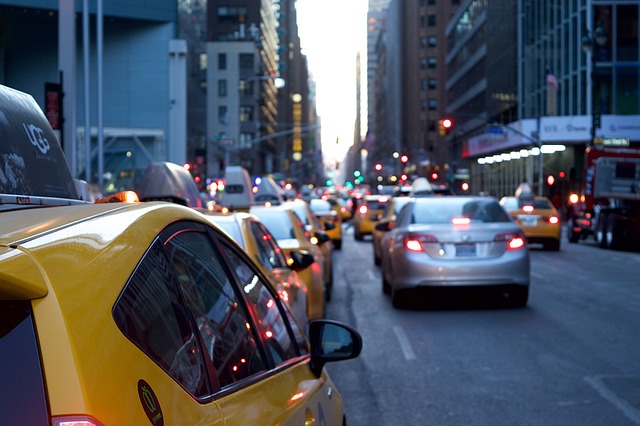Unexpected Way Driving To Work Could Make You Sick
As this is being written the number of people working from home is at an all-time high.
It makes sense as jobs traditionally performed inside of offices can now be done from the comfort of home.
Another big reason people have started to work from home more often is because it allows them the flexibility to pursue a healthier lifestyle.
Reducing the amount of time spent traveling to work allows people to sleep longer, eat healthier as well as experience reduced levels of stress.
Overall it seems to be working from home could be a healthier alternative to commuting to work
Seems to make sense, but a recent study confirmed this by showing how dangerous it can be to spend a significant amount of time commuting to work.
While commuting to work increases the chance you’ll be involved in a wreck of some sort, one of the other major risk factors you encounter is an increased and prolonged exposure to toxic pollution.
Air pollution is the eighth leading cause of death in the United States, and people who travel in their cars in city traffic are one of the most at-risk segments of the population. In fact, it’s believed exposure to air pollution leads to 10x more deaths than car accident fatalities.
Dr. Prashant Kumar, from the University of Surrey, U.K. and his team studied the effects of traveling in intense traffic and how it contributed to excessive exposure to pollution.
What they discovered is those who travel in heavy traffic end up being exposed to an inordinate amount of pollution, which can later lead to serious health issues.
The reason for this is frequent stops at intersections, as well as the tendency to get stuck in stop-and-go traffic.
These situations mean drivers sit next to the machines responsible for producing so much pollution and are exposed to more pollution than they otherwise would.
As Medical News today writes:
At intersections, vehicles slow down, stop, rev up to move when lights turn green, and they are closer together.
This leads to levels of peak particle concentration at a signalised intersection 29 times higher than those found in free-flowing traffic. In addition, the cars move slowly, so that drivers are exposed for longer. As the output is ongoing, the pollution does not disperse but lingers and accumulates.
As a result, cars waiting in traffic jams or at red lights contain up to 40 percent more pollution than those that are moving.
This doesn’t bode well for people who spend lots of times in their car.
So what can be done about this obvious problem?
There are several things researchers found help reduce the chances you’re exposed to this toxic, health-damaging pollution.
The best way to prevent pollution from entering your car is by rolling up your windows and turning off the blower fan.
Kumar and his team discovered this helped reduce the amount of pollution in the car by around 76%.
If it’s too hot to turn the fan off they suggest switching the fan to recirculate the air internally.
This way particulate from outside never makes it in.
And the best way to mitigate pollution levels in your car?
Everyone needs to buy a Tesla.
We know that isn’t going to happen. So, just be cognizant of where you are when you’re driving and do your best to keep the fan off, windows up, etc.
Talk soon,
Dr. Wiggy
www.HealthAsItOughtToBe.com


